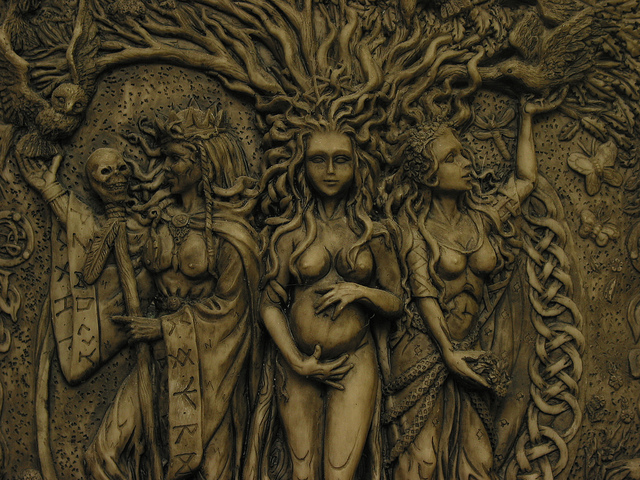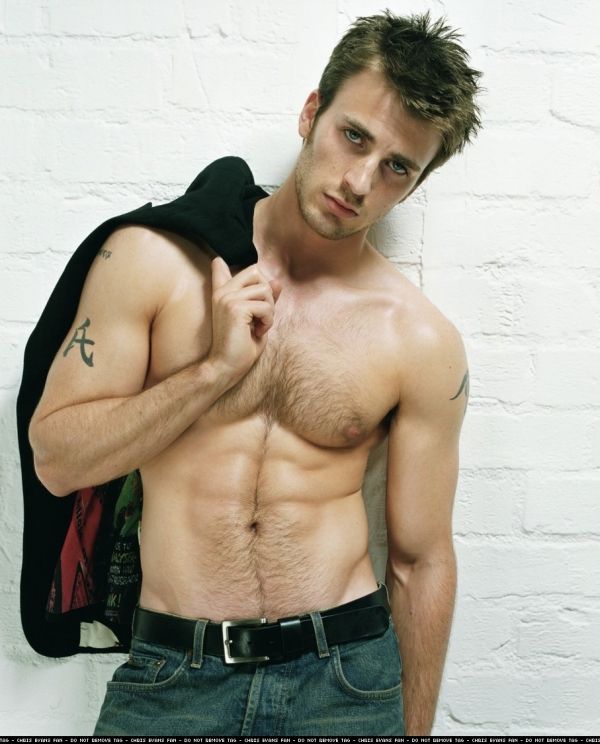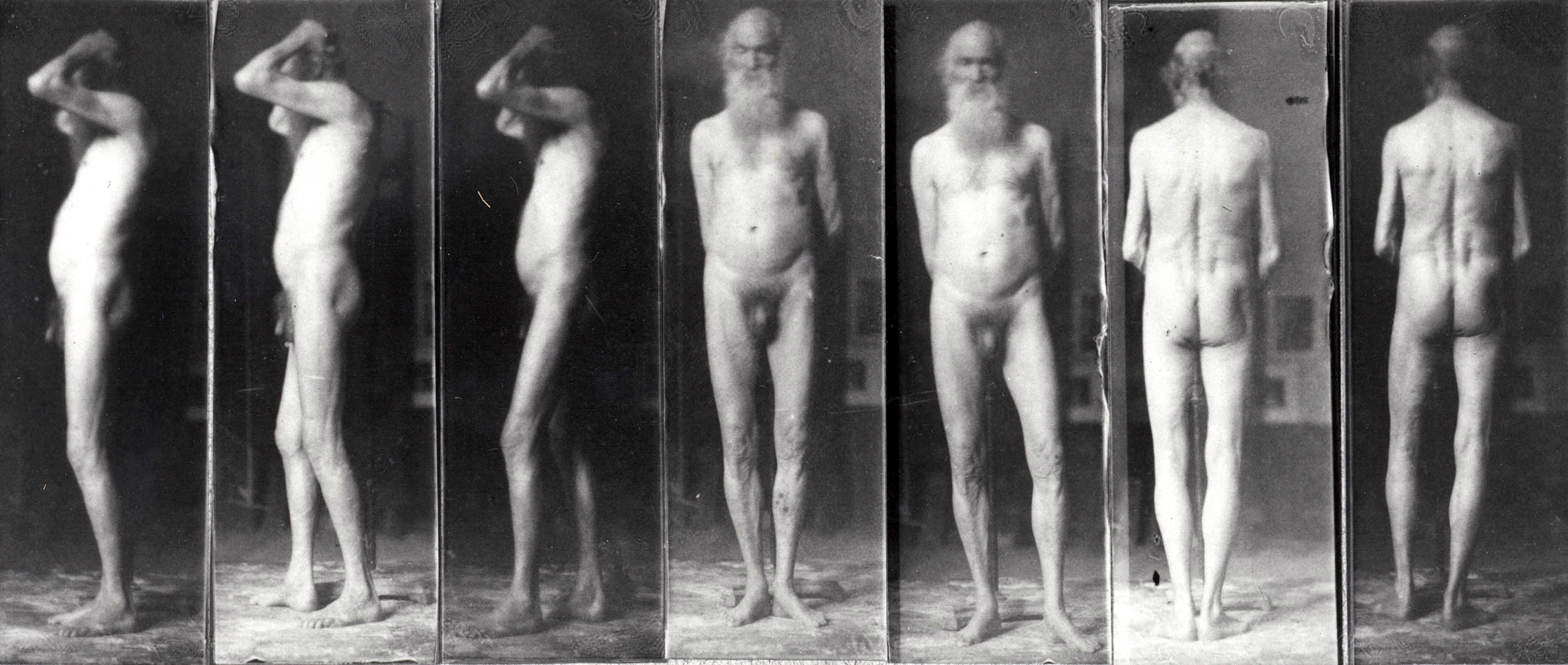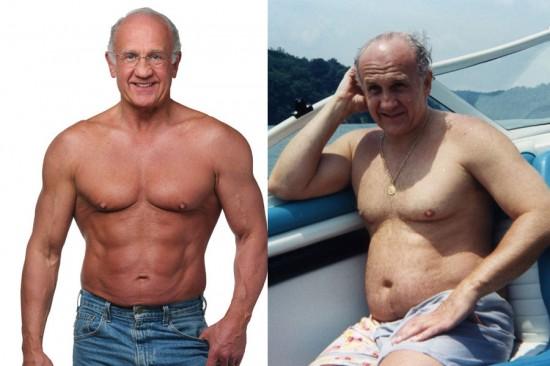In doing further image searching for this post, part of a continuing series on my plans for Burning Man, I came across this:
This is “Dr. Jeffrey Life” after and before his personal transformation. I can certainly understand looking at oneself and wanting to be more fit, but there is something to be said, I think, for moving on into the last phases of life. I know plenty of men my age and older who are slenderer than I, who have watched their weight and kept up with their exercise, but if you were to see a photo of their torso you would not mistake it at first glance for a 30-year-old weightlifter. Again, that’s “at first glance,” because it doesn’t take long to see the good doctor’s body as a simulacrum of youth.
Women of the wiccan/feminist variety have a handle on this:

This is a plaque depicting the Triple Goddess: Maiden, Mother, Crone, pictured here in reverse order. The youth of the Maiden, the fecundity of the Mother, the age and wisdom of the Crone—all three are present and available to women throughout their lives, and it’s a pathway from power to power. The seemingly useless old woman has been reclaimed as a sorceress, a queen, a figure of authority and knowledge.
This motif is ever-present in ritual studies. A Google image search reveals an unending supply of variations on the theme.
Here’s the deal, though: there is no male equivalent.
Part of the issue is that the female archetypes present themselves readily based on women’s ability to bear children, but men do not have that defining role. Our ability to procreate does not end as women’s does, and that does lead to some problematic archetypes. (“Problematic” for our Burning Man ritual purposes, that is.)
Mostly the image of the older man in culture is like this:

(See also, also, and also. This appears to be an anomaly.)
Or this:

The first is Silenus, tutor of Dionysus; the second is Shakespeare’s Falstaff. This is what is embedded in our heads as archetypical “old man”: fat, drunk, lustful without cause or hope of consummation—in short, an impotent laughingstock. Hardly a counterpart to the Crone in terms of dignity or power, and so it’s no wonder that Dr. Jeffrey Life, after taking stock of himself in the mirror, might want to take steps to turn himself into this:

Yes, well, wouldn’t that be nice? (For the record, I never looked like that in my life, not even close.)
But that’s not what a man’s body looks like or is supposed to look like as we age.
Here’s a set of photographs by Thomas Eakins, now thought to be of Walt Whitman.

This is an old man. He brings his experiences, his accomplishments, his gnosis, and while a 20-year-old may be prettier to look at, you will not learn from him what you will learn from Old Men.
The point of all this is that as I thought about heading out into the desert as a 60-year-old—and in celebration of that fact—I was interested in establishing our bodies as Old Men, as positive figures of wisdom, power, and authority, the male equivalent to the Crone. To that end, some exposure is required, and although nudity is a thing out on the Playa, that’s not my main interest or a goal at this time. Bare chests and bellies will make our point just as well, I think, without risking Total Sunburn.
So tomorrow we’ll look at the birth of 3 Old Men: a ritual troupe.

Still. Woof.
Agreed. Do you know how hard it was to find one that was agreeably “woof” without being downright salacious?
In doing some research on body paint, I came across this link (NSFW), which underscores our purpose in positioning Old Men as figures of power. If this photographer thinks that guy is “saggy,” he ain’t seen nothin’ yet.
What about the BOY/WARRIOR/SAGE for man? This is a quite respectable depiction, don’t you think? BW
It is! “Sage” is where we ended up. (To be honest, I am uncomfortable with “Warrior” being the masculine counterpart to “Mother.” It’s even more reductive than “Mother,” and not a very positive framework for being an adult male.)